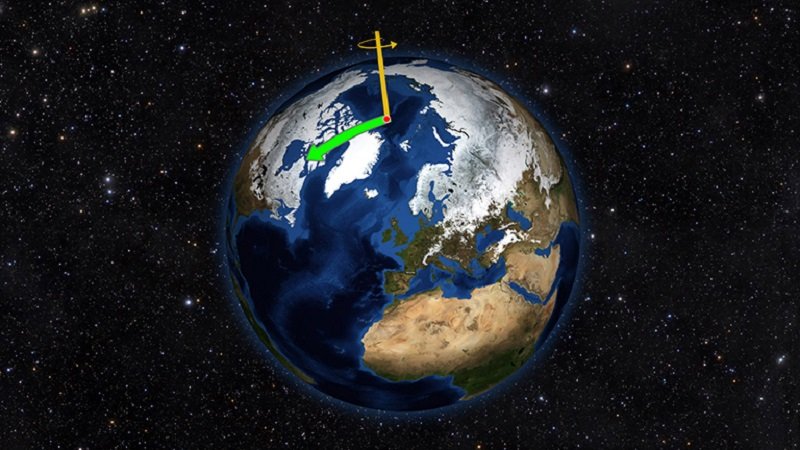OF THE
TIMES
Wrap up warm! A cold plunge for the UK this weekend and continuing into next week https://t.co/I6aoncQMhZSun Halos are caused when light interacts with ice crystals suspended in the atmosphere.
— Met Office (@metoffice) April 21, 2016
... 22-degree radius halos are visible all over the world and throughout the year. Look out for them (eye care!) whenever the sky is wisped or hazed with thin cirrus clouds. These clouds are cold and contain ice crystals in even the hottest climes.
The halo is large. Stretch out the fingers of your hand at arms length. The tips of the thumb and little finger then subtend roughly 20 degrees. Place your thumb over the the sun [or moon] and the halo will be near the little finger tip.


Comment: Slowly and gently increasing public awareness of brown dwarf stars may be part of a wider scientific agenda of disclosure: